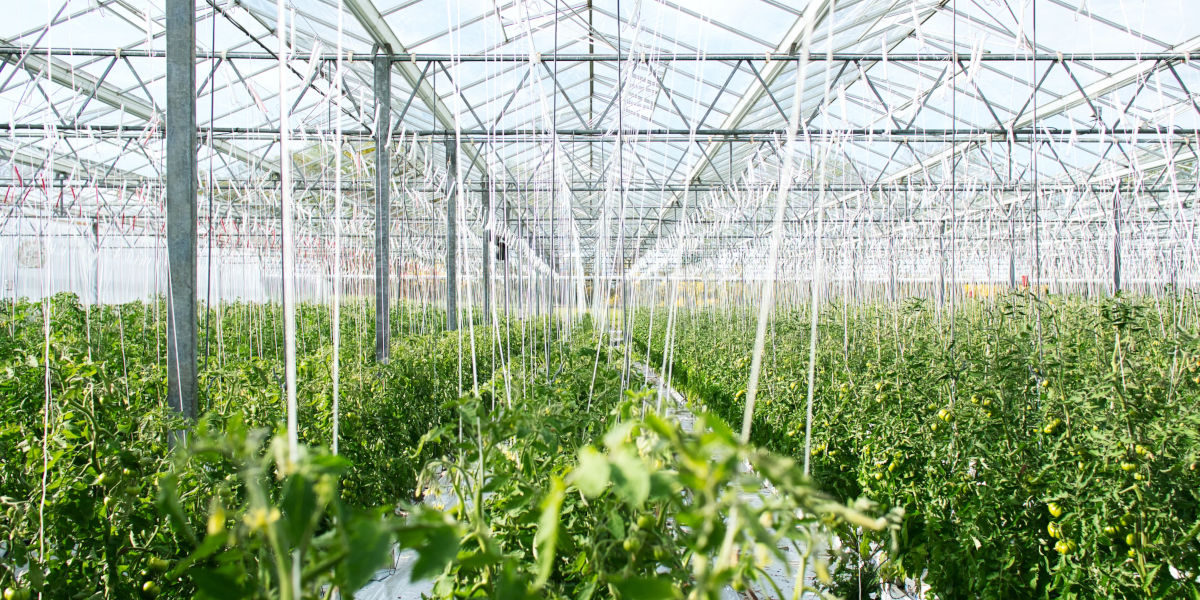The wave of technological advancement has not spared the agricultural sector; it has embraced the tides and utilized them to redefine farming practices and create bounteous yields. With the elevation of accuracy and control in crop cultivation through precision agriculture, traditional farming seems to be modestly fading in prominence.
But how well do we understand this newly adopted method? Is precision agriculture the solution to combat food scarcity as our planet's population spirals? This article navigates the intricate web that precision agriculture is it provides an explanation and explores the benefits it offers.
Understanding Precision Agriculture: Beyond the Basics
Precision agriculture is a farming management concept premised on observing, measuring, and responding to inter and intra-field variability in crops. Through a blend of satellite imagery, information technology, and geospatial tools, it allows for a more precise and scientifically informed approach to farming. The objective of precision agriculture is straightforward: to define a decision support system for the entire farm management with the intention of optimizing returns on inputs while preserving resources.
Benefits of Precision Agriculture: Revolutionizing Farming Practices
As we delve into the expansive volume of benefits that precision agriculture boasts, it becomes transparent that this cutting-edge approach to farming is the cornerstone to implementing sustainable farming practices, enhancing productivity, and optimizing resource usage. First, precision farming promotes sustainable agriculture by minimizing chemical application rates. It has a particular significance in an era where environmental conservation is resoundingly called for, minimizing harm to the environment and promoting healthier yields.
Secondly, precision agriculture is the bedrock of amplified farming productivity. By pinpointing crop status and needs, it allows for focused intervention, thus eliminating randomness, enhancing crop growth, and inevitably increasing yield. Think of it as performing surgery with a scalpel instead of a machete; nothing is left to chance.
How Does Precision Agriculture Work?: A Comprehensive Overview
The functioning of precision agriculture might initially appear intricate due to its scientific roots. However, it can be simplified to be understood as the amalgam of three systematic stages: data collection, data analysis, and implementation.
In the data collection phase, the tools of geolocation and remote sensing work in tandem to gather accurate and detailed data about the crops and the field. This data includes climatic conditions like rainfall and temperature, soil properties like moisture and pH levels, and crop conditions like height, health, and maturity stages. The data assists in making informed decisions about irrigation, fertilizer application, and disease and pest management.
Understanding Precision Agriculture
Precision agriculture, also known as precision farming or precision ag, is a farming management concept that utilizes technology, such as GPS and remote sensing, to optimize crop production. It involves the application of technologies and principles to manage variability, improve productivity, and reduce production costs. The ultimate goal is to ensure a level of sustainability while maximizing the yield and profitability of the farm.
For an effective precision agriculture strategy, you need to collect and analyze data from the field. Many precision ag technologies provide data collection and analytics capabilities, offering insights into field conditions, crop health, and machinery efficiency. This data-intensive approach allows farmers to make informed decisions about where and when to plant, irrigate, fertilize, and harvest.
The precision agriculture process starts with data collection. Data is gathered from various sources, including weather stations, soil sensors, yield monitors, and drone imagery. This data is then analyzed to identify patterns and trends in crop performance and soil health. Farmers can then use this information to make more informed decisions about their farming practices.
Benefits of Precision Agriculture
Precision agriculture offers numerous benefits to farmers and the wider agricultural industry. Key among them is increased productivity and profitability. By understanding field conditions in detail and making decisions backed up by data, farmers can significantly improve their crop yields. They can apply the right resources in the right amounts at the right time to the right place, reducing waste and optimizing productivity.
There are also environmental benefits to precision farming. By using resources more efficiently, precision agriculture helps reduce the environmental impact of farming. Thatís important at a time when agriculture is under the spotlight due to its contribution to climate change. Moreover, precision farming improves sustainability by preserving resources and reducing waste.
Finally, precision agriculture contributes to food security by boosting crop yields and improving crop quality. With a growing global population, the ability to produce more food from the same amount of land is increasingly important. Precision farming technologies can assist in achieving this goal.
Embracing the Future of Farming
In summary, precision agriculture is a significant advance in farming technology with numerous advantages. It enables farmers to utilize modern technology to improve crop yields and profitability while reducing environmental impact. It represents the future of farming, an industry increasingly driven by data and technology.
Now is a perfect time for farmers to embrace precision agriculture if they havenít done so already. A range of precision farming technologies is available, from GPS-guided tractors to drone imagery and soil sensors, offering farmers the tools they need to make the most of their land and resources.
The challenge for many will be integrating this technology into their existing farming practices and learning how to analyze and use the data. However, with the right technology and support, the benefits of precision agriculture are well within reach for the modern farmer.




